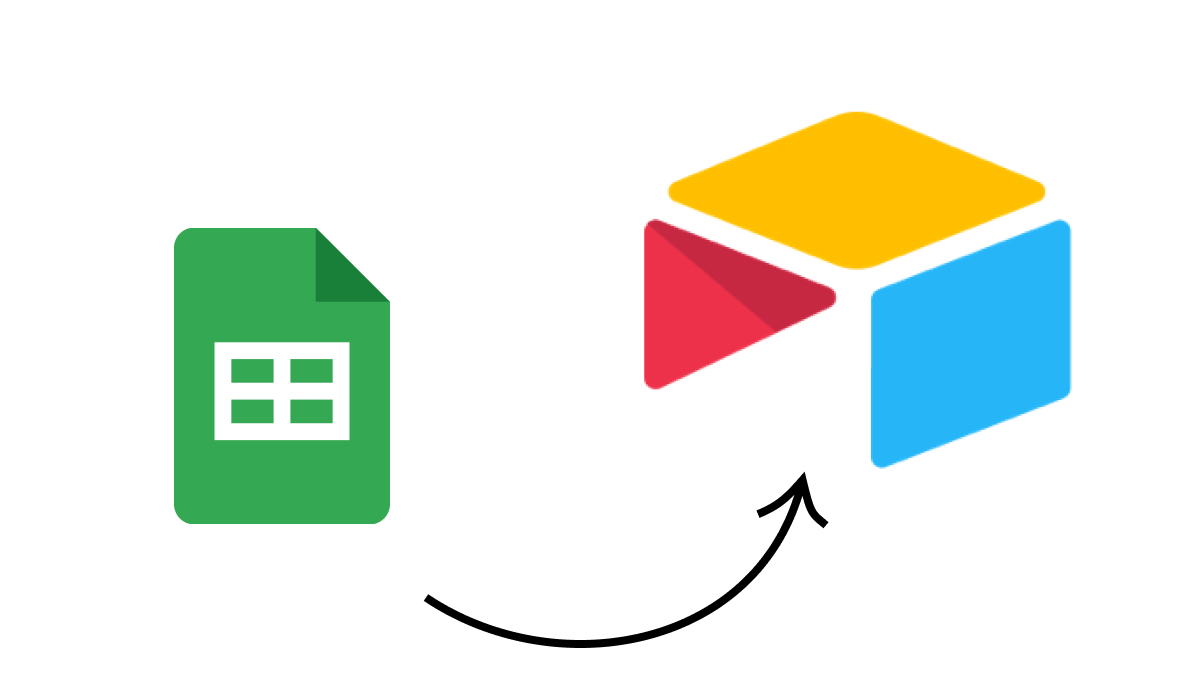What Your Company Could Look Like With an Automated Infrastructure
Automation can do more than just save time for your team. It can transform the way your company works. In this post, we'll show you how we've helped some of our clients to streamline their workflows, so you can get a glimpse of your company's future with automation.
February 23, 2022

If you could peer into the future, what would your company look like after you automated your robotic tasks?
In our recent posts, we’ve explained how an automated infrastructure can transform your company from the bottom up. In this post, we’ll show you what your company might look like once you’ve built that infrastructure, and how it will improve the way you work.
We don’t have a crystal ball to show you how your company’s future will unfold, but we can share some of the success stories we’ve built with our members. The automations we’ve built for our members have not only saved them time, but also given them the capacity to do more than they ever could.
Saving Time Every Week with Automation
For many, the primary goal of automation is to save time and accomplish your business processes faster.
No-code and low-code automation excel at shaving minutes off of every robotic task, and the cumulative effects can be staggering.
Saving 3 Hours a Week for Verb
To facilitate one-on-one coaching through their platform, fitness and wellness company Verb creates a profile page on their site for every coach they work with. Each page includes a photo and bio of the coach, and listings for their services.
As a rapidly growing company, Verb had to devote a few hours each week to creating profile pages manually as they onboarded new coaches. Putting together a profile page involved a lot of back and forth to gather all the information needed about the coach, their services, and their pricing. It also required messing around in Webflow and Stripe to create products and publish the pages.
XRay’s automations simplify the process into a single form that Verb can send to their coaches. Once they fill it out, a page is created in Webflow with all of the correct information, including unique Stripe products for the coach’s services. Verb’s team can just review the output and approve it to publish.
Workflow automation massively reduced the amount of time Verb’s team had to spend on coach onboarding. In total, they saved about 3 hours a week on the process.
Reallocating Time to Mindful Tasks
XRay members like Verb have enjoyed huge time savings from automating their workflows, but the benefits of automation go further than that. Automating also lets them refocus their time on work that’s more valuable, and it can create entirely new possibilities.
Creating Time for More Valuable Work
The hours that you save each week with automated workflows aren’t just nice stats for your internal metrics. Every minute and every hour saved by an automated workflow is another minute or hour that your team can devote to tasks that are truly worth their time.
You’re not paying your team just to perform all of the mindless, copy-and-paste tasks that automation excels. You brought them on board for their unique skills; their creativity, their strategic or analytic prowess, their specialized skill sets in design or development or finance.
When you automate your team’s robotic tasks, you’re setting them up to spend more time on valuable tasks that truly require their attention and abilities.
Think about the tedious tasks that fill up your team’s to-do list. Are you getting the most value you can from their output? What would you rather have them focus their time on? Automating their workflows will help you to concentrate your team’s time where it can have the greatest impact for your company.
Unlocking New possibilities with low-code automation
No-code and low-code automations can do more than replicate and streamline existing processes. You can also use tools like Zapier or Integromat to add new features and functions to the tools you’re already using.
For instance, XRay worked with the Entrepreneurship Foundation (EF) to transform a Shopify store into a platform for Connecticut’s student entrepreneurs to sell their products. Directly creating a Shopify profile for hundreds of students would be extremely impractical, so EF needed an alternative solution.
Using low-code tools like Integromat, XRay built a series of automated workflows that let students submit products for EF’s approval. With these automations, EF doesn’t need to do the manual work of uploading each individual product, but still retains control over the products that end up on their Shopify store.
Add-on features like these could be built with code, but a no-code/low-code approach accelerates build time and keeps costs much more manageable.
Ultimately, no-code/low-code automation isn’t just about saving time; it’s also a more accessible way to build nearly any software tool you can think of.
Use Automation to Document Your Processes
Documentation is a key part of the automation process at XRay. Even before you start automating a process, you need to chart it out step-by-step to find the best way to automate certain steps while preserving human inputs at other steps.
When an automation is complete, you have an ideal opportunity to document the process that it supports. Automation ensures that many steps of the process will be performed the same way every time; with the right documentation, you can also instill a similar consistency with your human inputs, and make sure that your team knows how to use the resources that are designed to help them.
Train Your Team with Process Pages
A Process Page is a non-technical document that simply explains what an automation does and how to use it. At XRay, we create Process Pages for every automation that we deliver to our clients.
With a Process Page, you can train your team to use your new automations. Each Page will document any forms or other tools they need to use to launch the automations, and will explain the situations where it’s appropriate to use the automation.
As you build more automations to support your company, you’ll simultaneously build up an extensive set of training documents in the form of Process Pages, which will only make it easier to onboard new team members and enable them to contribute from day one.
Save Time and Focus on What Matters
Building an automated infrastructure to support your company will help your team to save time, focus more of their attention on value-generating tasks, and will enable you to document many of your key processes.
If you’d like to learn more, check out our blog or our YouTube channel. You can also follow XRay on Twitter, Facebook, or LinkedIn.
.png)
.png)








